What Happens When a Monster Storm Hits the Jersey Shore? – Shelf Cloud
Over the past few months, it has felt like we have lived through completely different climates. From the rainy Seattle days to the hotter-than-anything Caribbean days, it surely has been interesting.
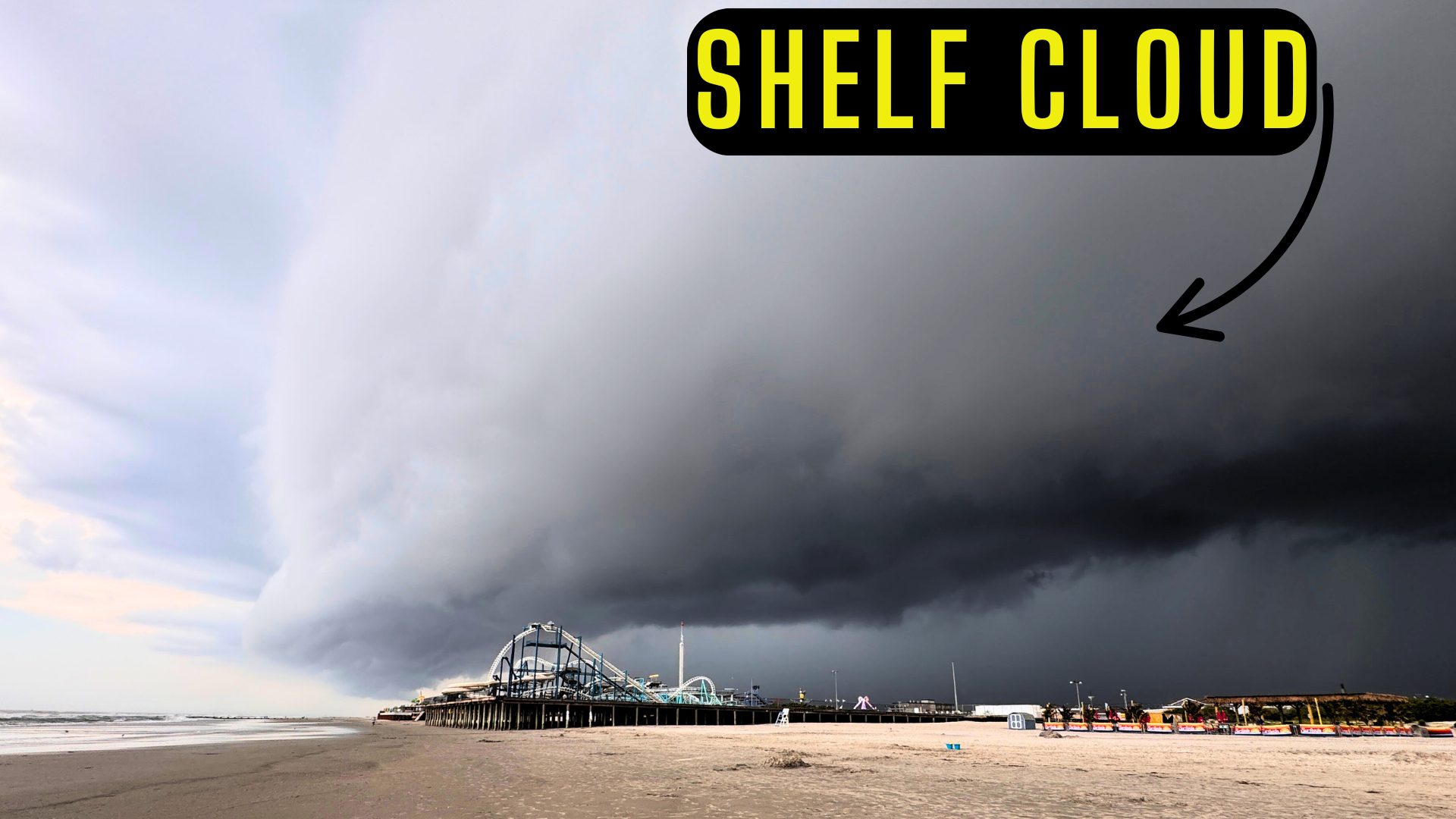
What Happens When a Monster Storm Hits the Jersey Shore? – Shelf Cloud
One thing that we seem to have been seeing a lot of is storms, and on July 1st, we had a big one stop by (after the Cape May bubble failed).
We filmed the entire experience of having to be rushed off the beach, which you can watch at the bottom of this article.
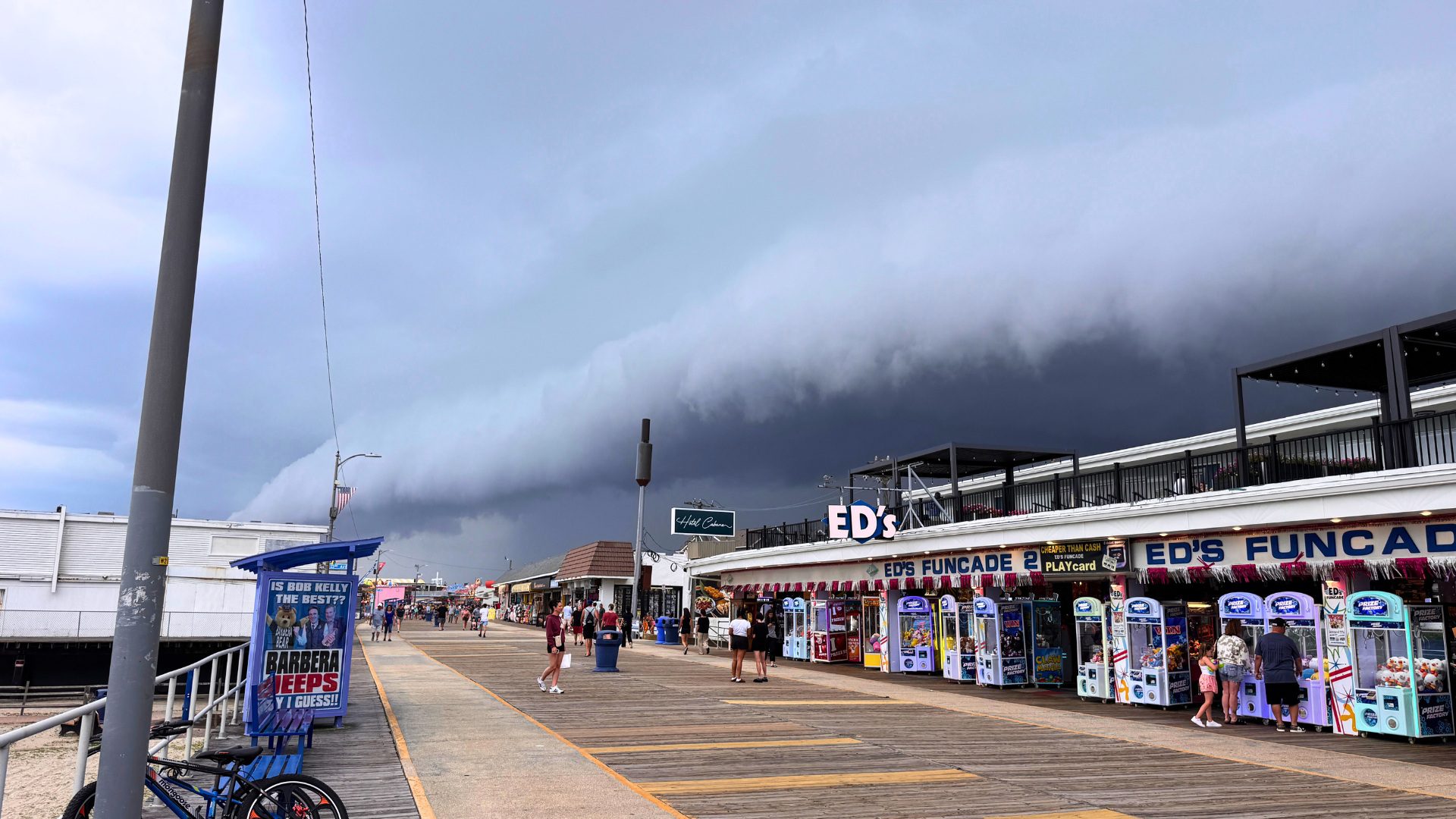
This storm wasn’t as bad as it seemed, but it did cause a few hours of pause.
The craziest part of the storm is the front dark cloud called a shelf cloud.
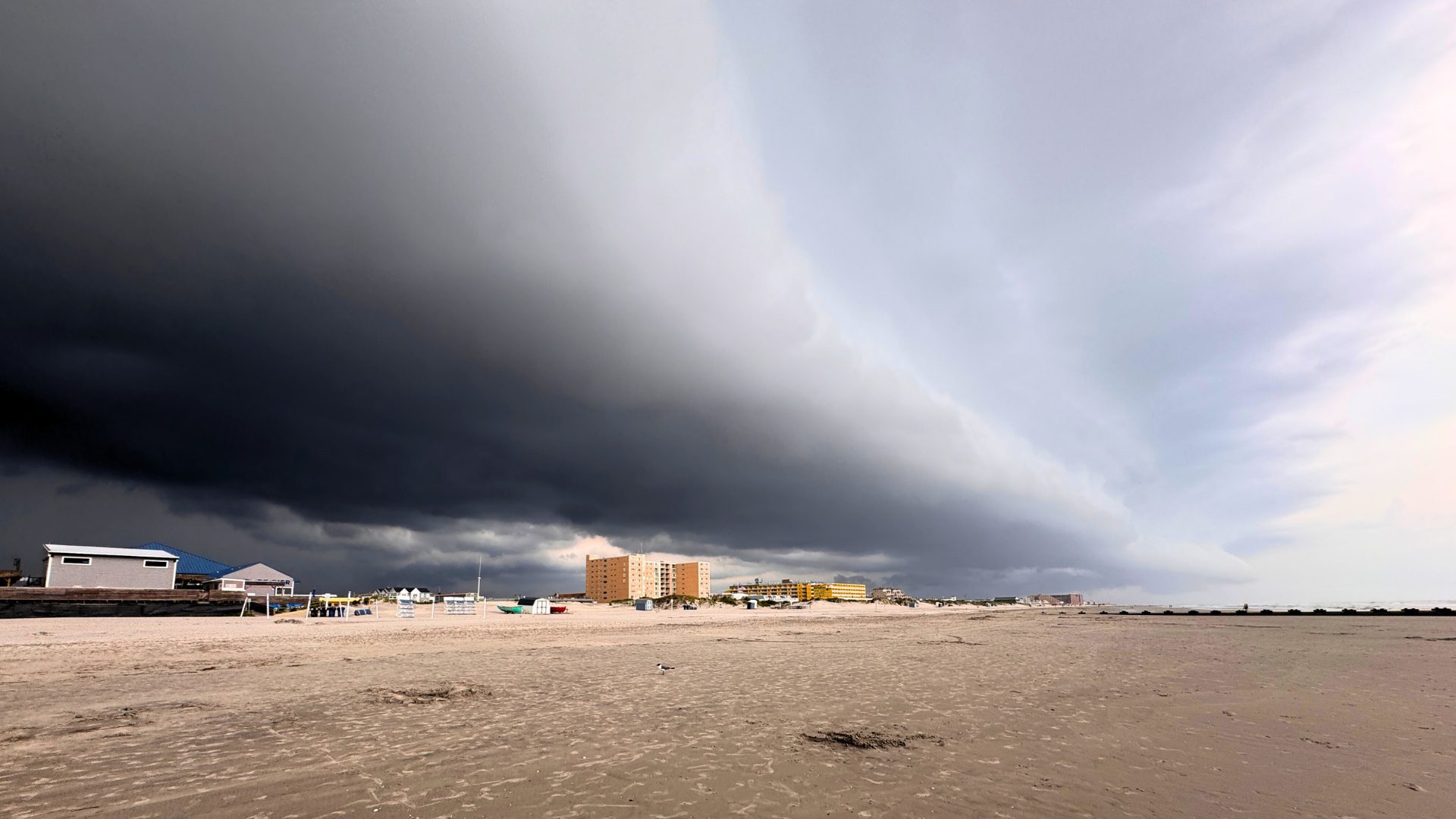
It forms where a downdraft of cool, rain‑chilled air hits the ground and spreads outward, forcing warm, moist air upward along its leading edge.
As this warm air lifts and cools, it condenses into the dramatic cloud structure that fans out across the horizon.
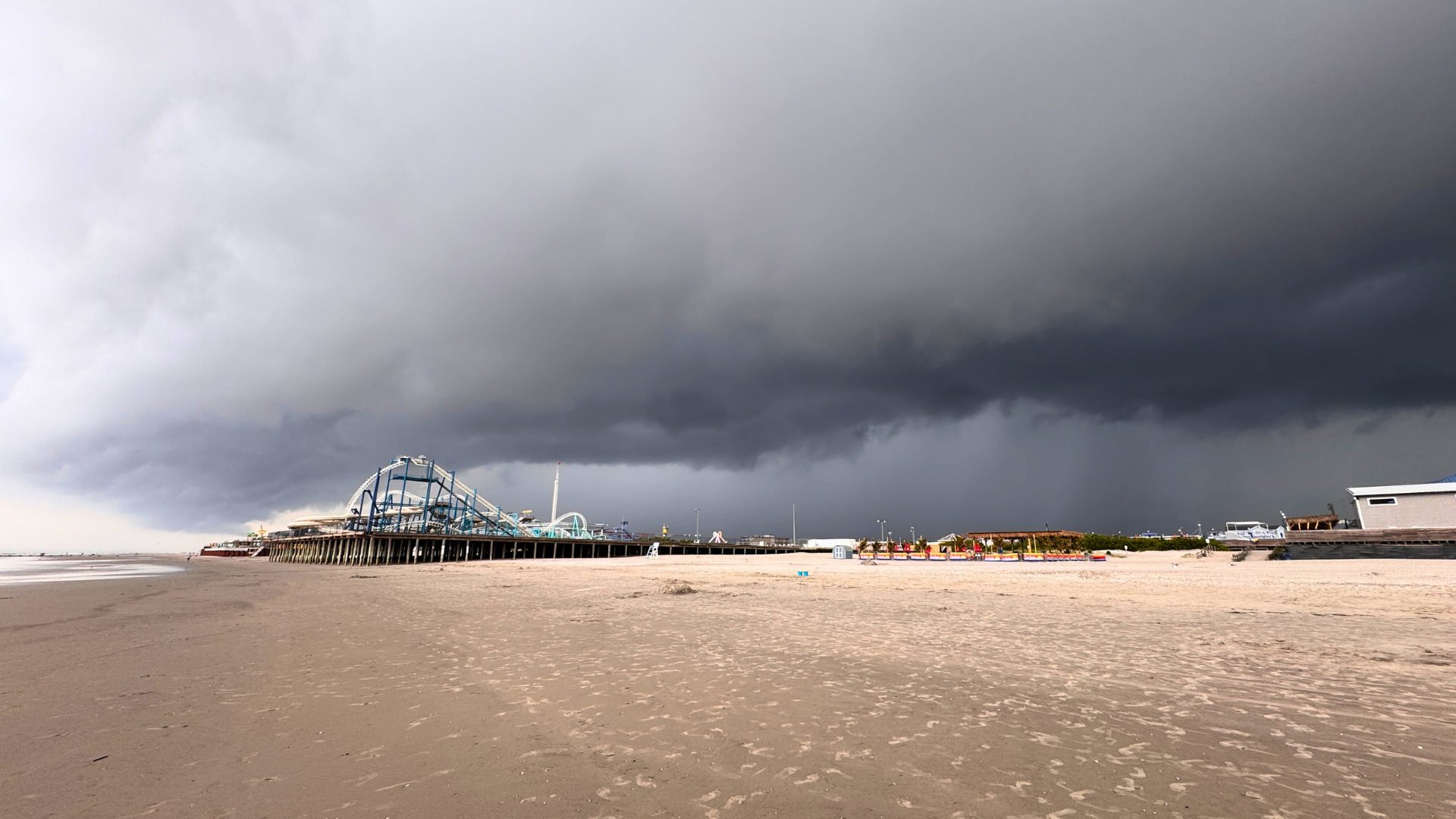
Although these clouds look menacing—almost like rolling storm walls—they are not tornadoes; rather, they mark the boundary between storm downdraft and updraft zones.
So what actually happens when a storm like this hits Wildwood?
First, if the beaches are still open, lifeguards quickly spring into action, clearing swimmers from the water and directing everyone off the sand for safety.
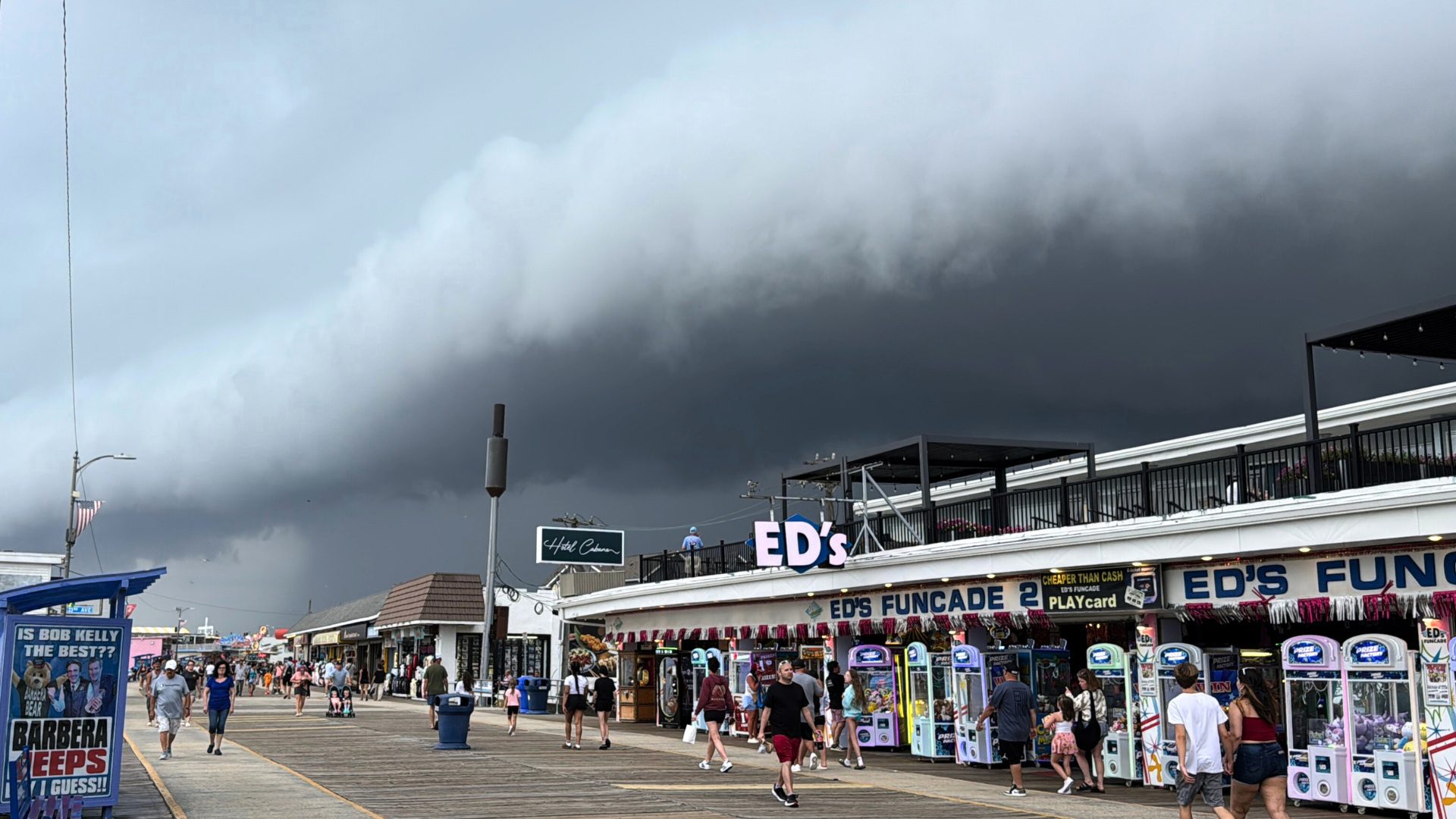
Third, we wait it out. Wildwood is a barrier island, and heavy, fast-moving storms often lead to flooding. Many locals take a precautionary step by moving their cars to higher ground—just in case. Better safe than soggy.
In the case of this storm, it took maybe 15 minutes to roll in and roll out. It just so happened that we had stuff on the beach we had to grab before the storm, which put us in an interesting situation to be stuck on the beach. (which made for an epic video)
Before you watch our video below, please do consider subscribing.
